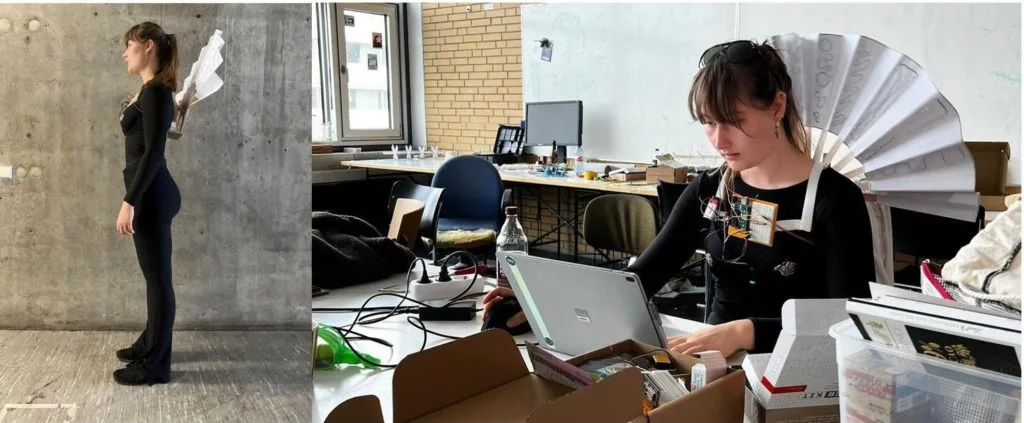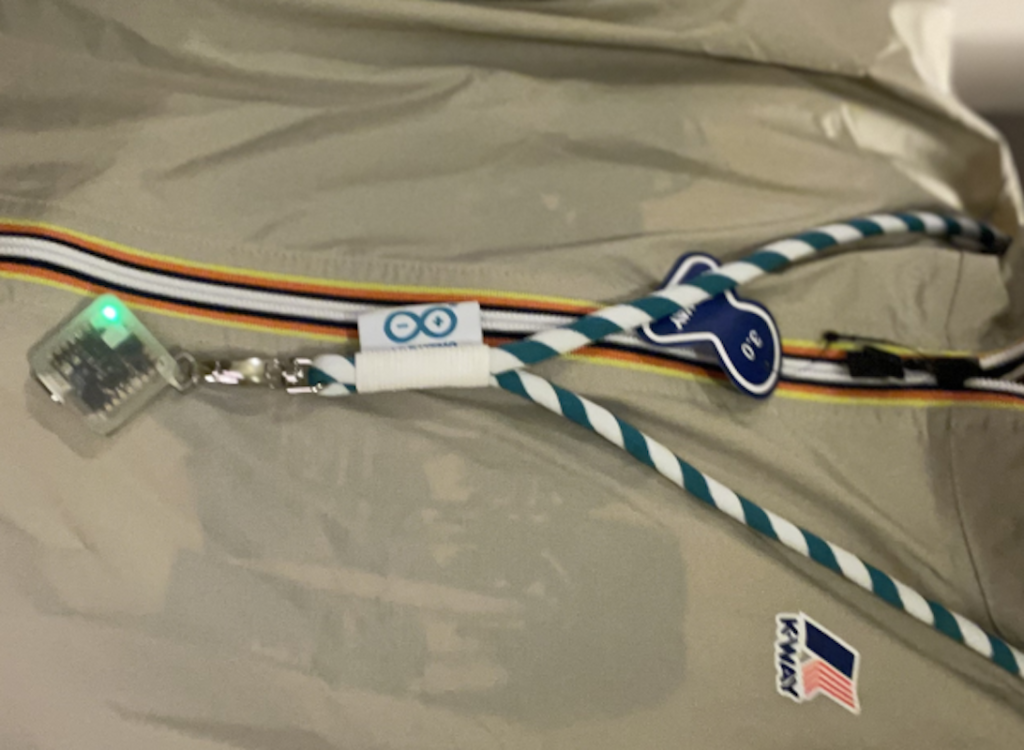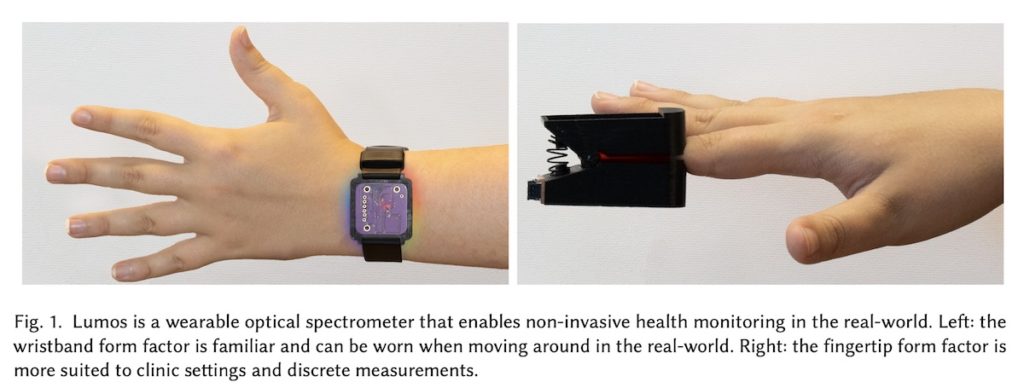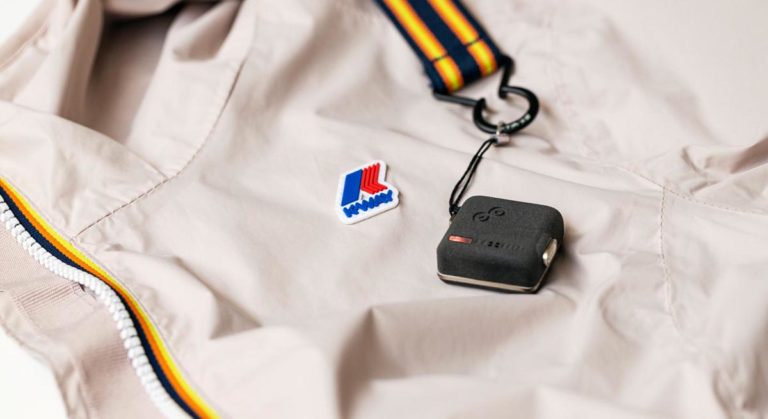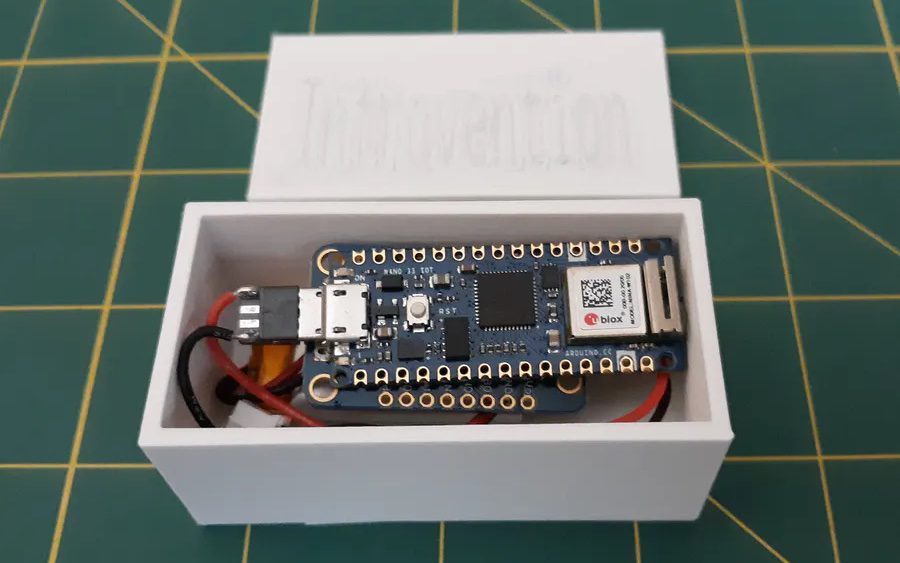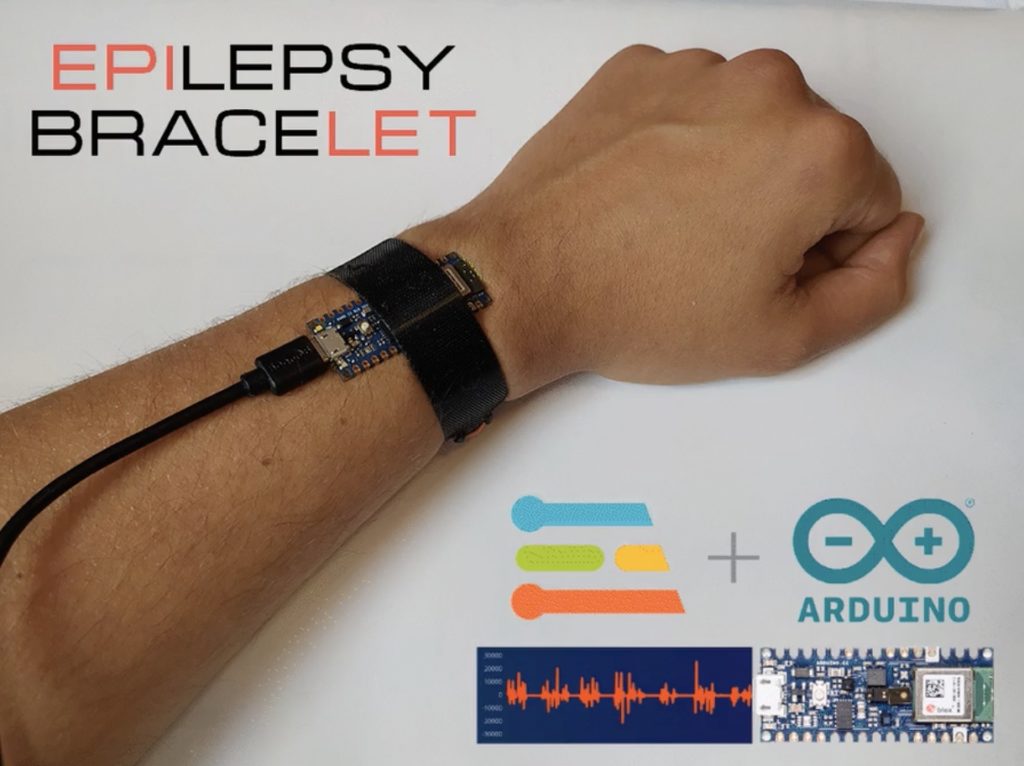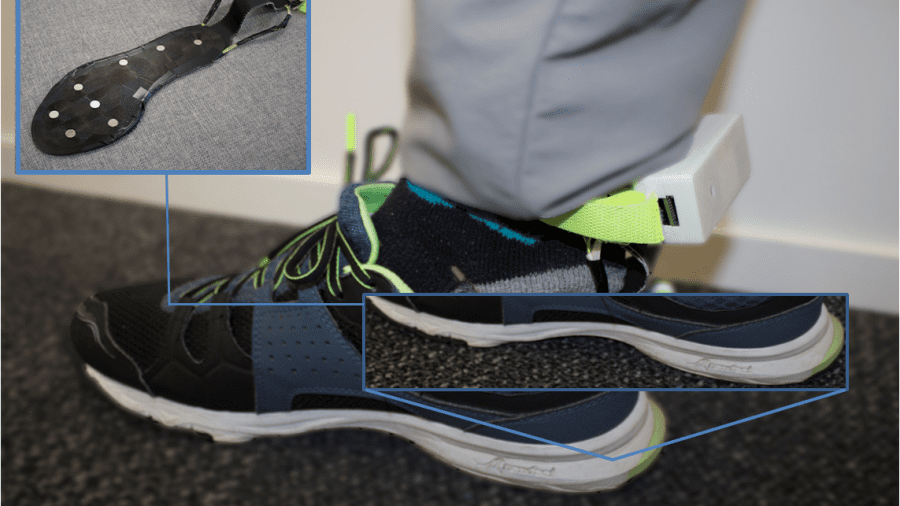Schlagwort: Wearable Technology
-

The Emotion Aid is a wearable device that communicates its user’s emotions
Reading Time: 2 minutesMany people (especially those with autism spectrum disorder) have difficulty communicating with others around them. That is always a challenge, but becomes particularly noticeable when one cannot convey their emotions through body language. If someone can’t show that they’re not in the mood to talk, that may lead to confusing interactions. To…
-

Detecting falls by embedding ML into clothing
Reading Time: 2 minutesBone density, strength, and coordination all decrease as we age, and this fact can lead to some serious consequences in the form of slips, falls, and other accidents. In Finland, falling is the most common type of accidental death among those age 65 and over, amounting to around 1,200 per year. But…
-

Lumos finally enables wearable spectroscopy research
Reading Time: 2 minutesSpectroscopy is a field of study that utilizes the measurement of electromagnetic radiation (often visible light) as it reflects off of or passes through a substance. It can, for instance, help researchers determine the composition of a material, as that composition influences how the material reflects light. Spectroscopy is also used in…
-

Arduino and K-Way, with the support of Edge Impulse, team up for a new idea of smart clothing
Reading Time: 2 minutesImagine the possibilities generated by integrating advanced AI and powerful sensors in to one of the most iconic outdoors jackets with a heritage that’s more than 50 years old. You could start sensing and interacting with the surroundings like never before. This is what we created here at Arduino: enclosing the Nicla…
-

Introvention is a wearable device that can help diagnose movement disorders early
Reading Time: 2 minutesArduino Team — May 17th, 2022 Conditions such as Parkinson’s disease and essential tremors often present themselves as uncontrollable movements or spasms, especially near the hands. By recognizing when these troubling symptoms appear, earlier treatments can be provided and improve the prognosis for the patient compared to later detection. Nick Bild had the…
-

Epilet is a tinyML-powered bracelet for detecting epileptic seizures
Reading Time: 2 minutesArduino Team — June 8th, 2021 Epilepsy can be a very terrifying and dangerous condition, as sufferers often experience seizures that can result in a lack of motor control and even consciousness, which is why one team of developers wanted to do something about it. They came up with a simple yet…
-

GymSoles ensure correct form and posture during your workout
Reading Time: 2 minutesGymSoles ensure correct form and posture during your workout Arduino Team — May 16th, 2019 While you can get a very good workout on your own, it’s ideal if you have someone else watching over your form. This, of course, isn’t always practical, so researchers at the University of Auckland’s Augmented Human…
